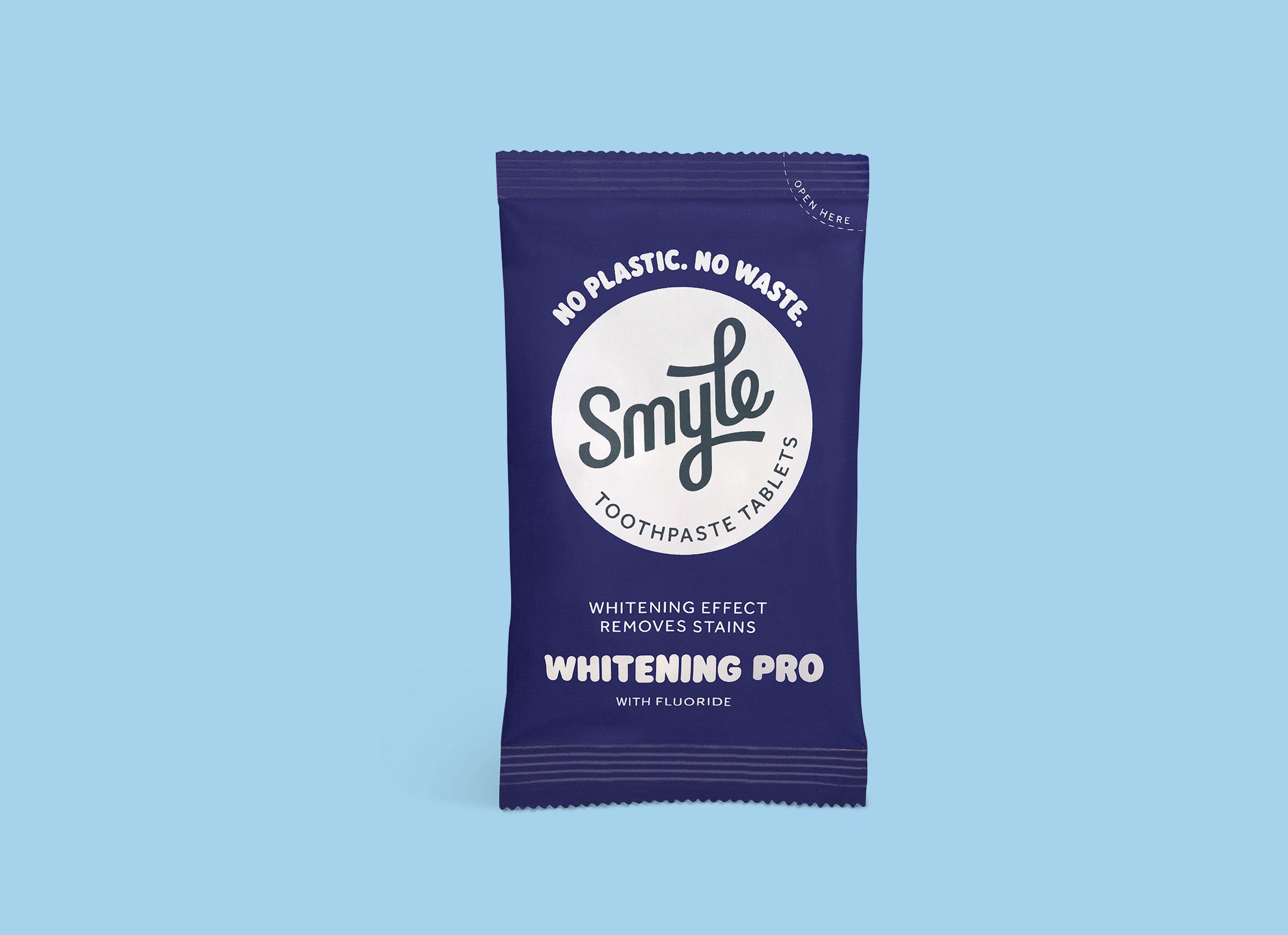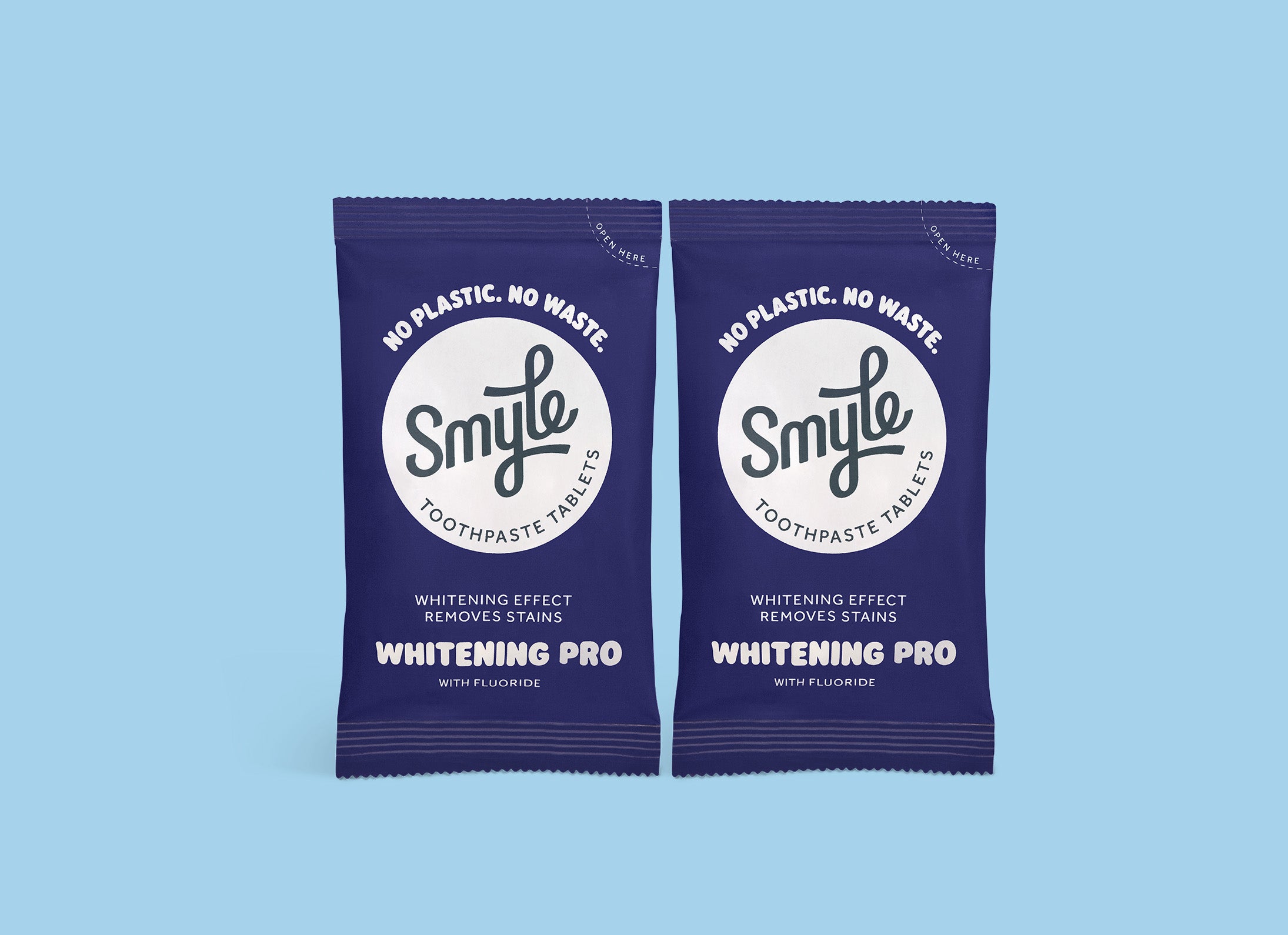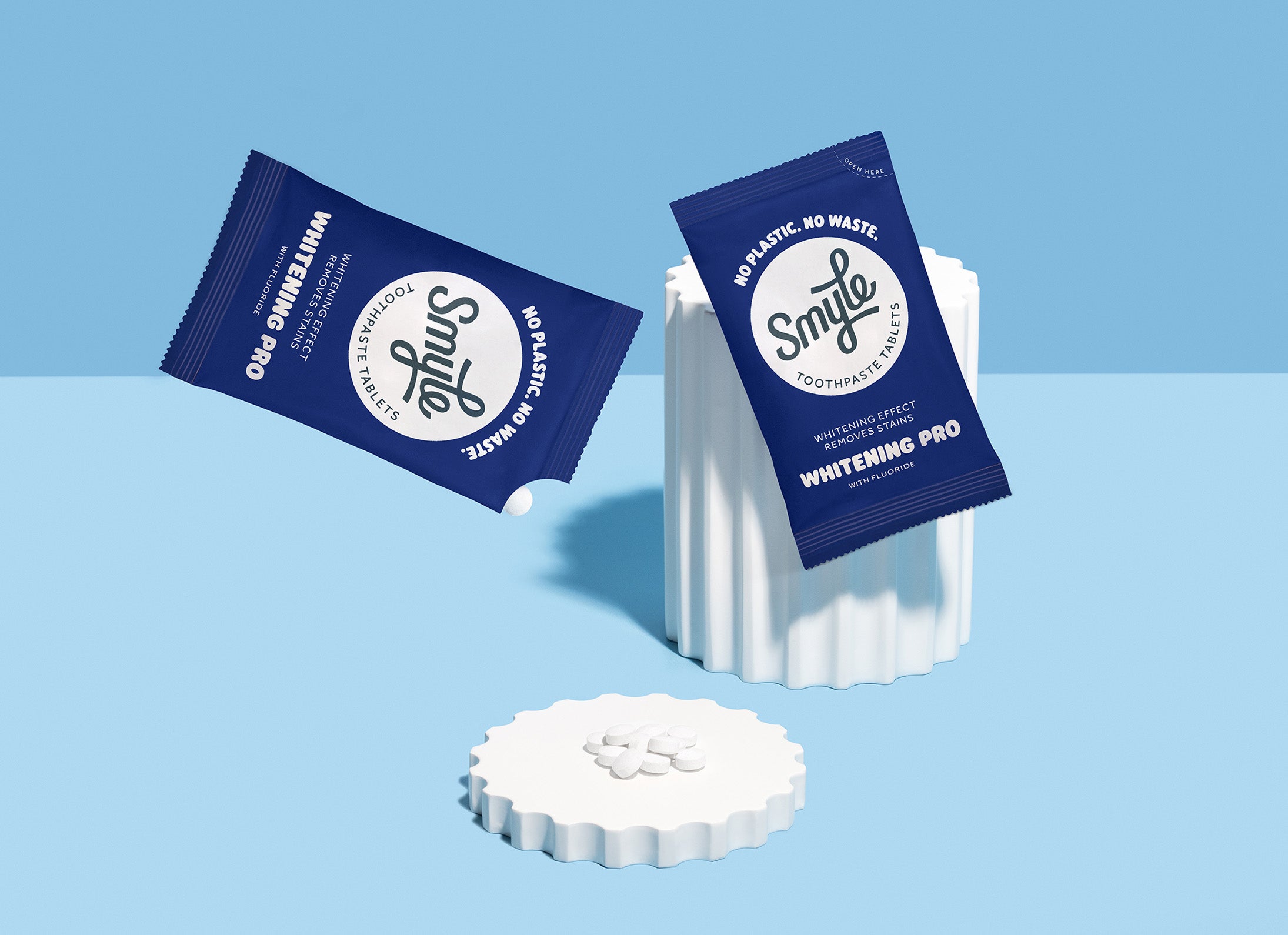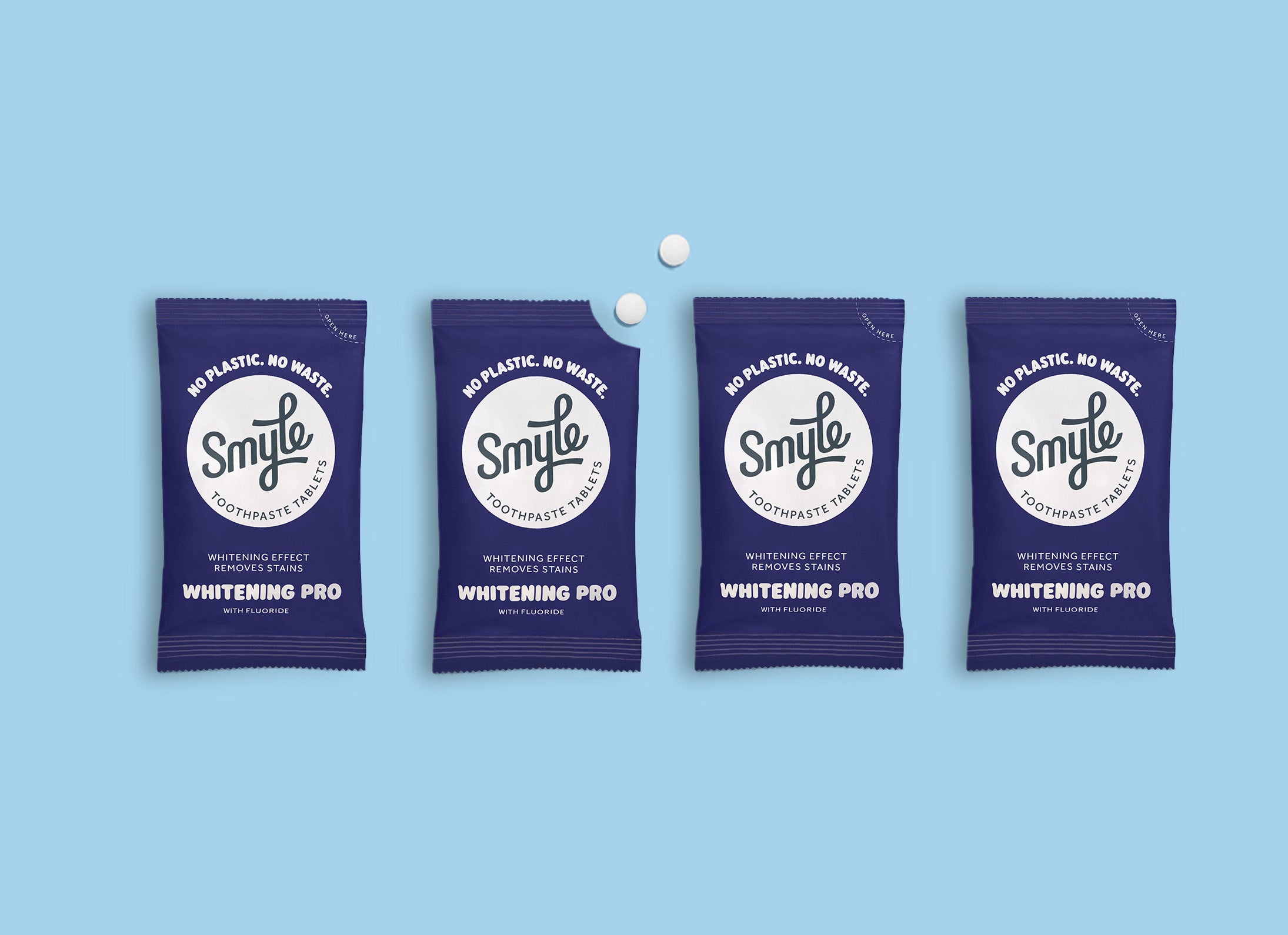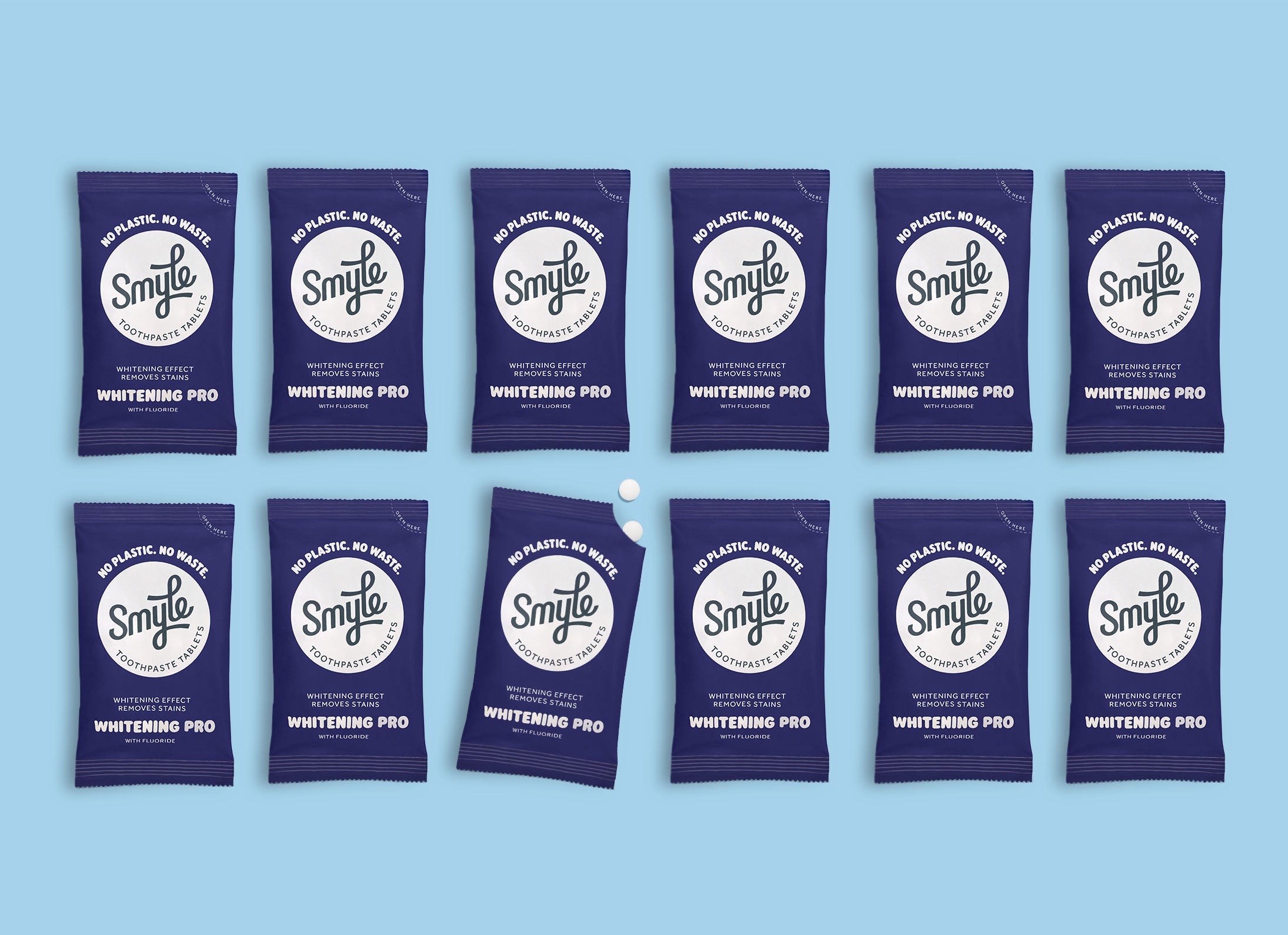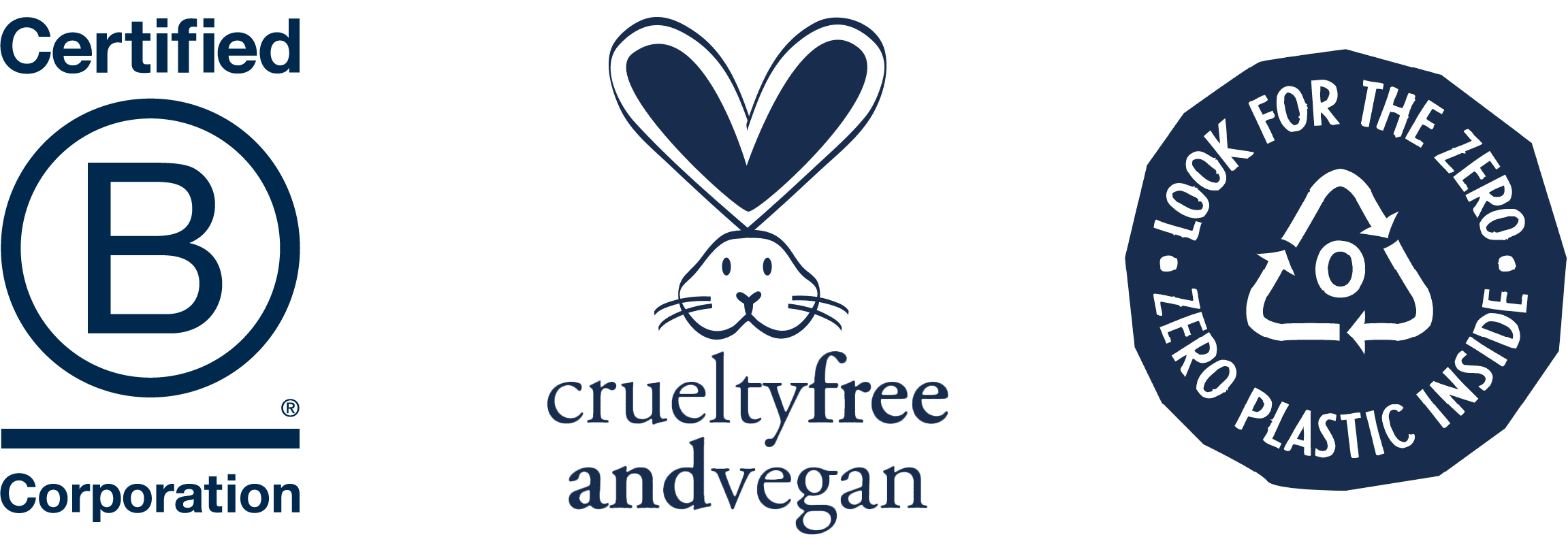
Have you ever heard of a 'dead tooth'? It may sound a bit strange, but don’t worry. In this blog post, we’ll explain everything to you; from the symptoms to the treatment.
What is a Dead Tooth?
A dead tooth is essentially a tooth where the nerves have died. Since these nerves are a part of what we perceive as the tooth, it is called a dead tooth! In dentistry, we refer to this as pulpitis. This typically occurs as a result of a deep cavity, also known as deep caries (tooth decay), but it can also happen due to a hard blow to the tooth, such as one sustained during sports. When the nerves in the tooth die, the blood supply to the tooth stops, causing the tooth to lose its color and essentially "die."
Interesting, right? But also a bit strange. It’s not something we think about daily, but it is an important aspect of our oral health. So, let us explain everything about this mysterious 'dead tooth.'
How to Recognize a Dead Tooth?
Now that it’s clear what it is, you may be wondering, "How do I know if I have a dead tooth?" Good question! Recognizing a dead tooth can be tricky, but there are a few signs to watch out for.
- Discoloration: The most common and visible sign is discoloration. Since the blood supply to the tooth stops, the tooth may not turn yellow but instead gray or even black. It may look like the tooth has a shadow or may be darker than the rest of your teeth.
- Pain: Some people experience pain around the tooth or molar. This can range from mild sensitivity to intense pain.
- Bad breath or a bad taste in the mouth: A dead tooth can lead to an infection or an abscess, which may cause a bad taste in the mouth or bad breath.
- Swelling: An abscess can also cause swelling in the gums. This may appear as a painful, pus-filled swelling.
Remind yourself that if you suspect you recognize any of these symptoms, you should consult a dentist as soon as possible. The dentist is the only one who can definitively determine if a tooth is dead and will be able to recommend the best treatment options.
How is a Dead Tooth Treated?
So, you’ve made the unfortunate discovery that you might have a dead tooth, or you're just curious and want to know more. Either way, don’t panic! There are several treatment options available.
- Root Canal Treatment: This is the most common treatment. The dentist will remove the dead pulp from the tooth, clean and disinfect the tooth, and then fill and seal it.
- Extraction: If the tooth is too severely damaged, it’s sometimes better to extract it. After that, an implant, bridge, or partial denture can be used to replace the missing tooth.
- No Treatment: In some cases, especially if there’s no pain or infection, the dentist may decide to leave the dead tooth as it is. However, this is rare and generally not recommended due to the risk of complications later on.
The most important thing is to visit your dentist regularly. If you think you have a dead tooth, don’t attempt to treat it yourself! Your dentist is the only one who can make the correct diagnosis and suggest the appropriate treatment.
How to Prevent a Dead Tooth?
Now that you know what a dead tooth is and how to recognize and treat it, the next question is: how can you prevent a dead tooth? The good news is there are several things you can do to reduce the risk of developing this condition.
- Good Oral Hygiene: This may be the most important step you can take, as we often emphasize in our blogs. Brushing regularly with recognized toothpaste, flossing, and possibly using mouthwash helps prevent and remove plaque and tartar, which can reduce the risk of cavities and gum disease.
- Regular Dental Visits: Your dentist can spot dental issues early before they get out of hand. Make sure to visit the dentist at least twice a year for a check-up. Struggling with dental anxiety? Read here for helpful tips on how to overcome it.
- Healthy Eating: A diet rich in vegetables and fruits and low in sugar can help keep your teeth healthy.
- Wear a Mouthguard: If you play contact sports, always wear a mouthguard to protect your teeth from impacts and shocks. This can also help prevent other damage, which could be disastrous for your veneers, for example.
Prevention is always better than cure, right? So follow these tips and keep your smile bright and healthy! Have more questions or uncertainties? Check out our other blogs covering a variety of topics. And if you’re ready for refreshing oral care, head to the Smyle shop for all your oral care products.





































